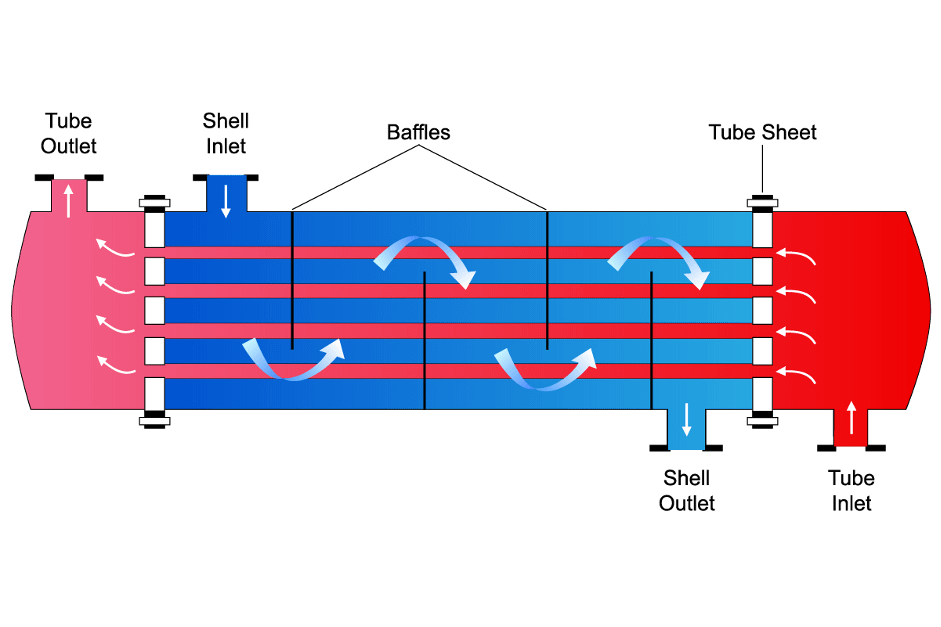Plate Heat Exchangers were first produced in the 1920s and have since been widely used in a great number of sectors.
Plate exchangers are composed of parallel plates that are stacked one on top of the other so that fluid can flow between them. Fluid flows between adjacent plates in the space between them.

Speaking of Heat Exchangers, specialised boiler tubes are utilised in the proper functioning of such exchangers. SA179tube.com Is one leading Manufacturer, Supplier & Stockist Of Boiler Tubes A519 Mechanical Tubing.
Through holes at the corners of the plates, hot and cold fluids can alternately flow through the exchanger, so that a plate is always in contact on one side with the hot fluid and on the other with the cold fluid.
Plate sizes can range from a few square centimetres (100 mm x 300 mm side) to 2 or 3 square metres (1000 mm x 2500 mm side). From a few square centimetres (100 mm x 300 mm) to 2 or 3 square metres (1000 mm x 2500 mm).
Generally, these plates are corrugated to increase turbulence, the surface for thermal exchange and provide mechanical rigidity to the exchanger. Metal sheets of 0.3 mm to 1 mm thick can be cold forged into corrugated shapes by cold forging.
Stainless steel (AISI 304, 316), titanium, and aluminium are the most commonly used materials for the plates.
Corrugations on the plates cause the fluid to travel on a tortuous path, creating a space between two adjacent plates B of 1 to 5 millimetres.
You can cross the channels in series (a less common solution) or in parallel by making counter-current or current configurations.
This configuration is used when the flow rate for each fluid is small, but the heat jump is high; the greatest problem is with a high pressure drop and an imperfect counter-current.
Parallel configurations with countercurrent channels are most common for high flow rates with moderate temperature drops.
Anytime there is a large difference between the flow rates (or maximum permissible pressure drop) of the two fluids, the exchanger can be run twice by the lower flow fluid (or higher losses) to balance pressure drops or specific flow rates in the channels.
The most common problem with plate heat exchangers is the irregular supply of all channels in parallel. Due to the pressure drop, fluid tends to distribute more in the first channels than in the last.
When the number of plates increases, even distribution decreases, resulting in a decrease in the performance of the exchanger as a whole.
SA179tubes.com is a leading supplier, stockist, manufacturer & exporter of A519 Mechanical Tubing. Get in touch with us for the best rates & availability.

Plate heat exchangers separate hot and cold mediums by cutting through their surfaces. Thus, fluids and gases are heated and cooled with minimal energy consumption. Heat is always transferred from a hot medium to a cold medium according to the theory of heat transfer between mediums and fluids.
Metal sheets of 0.3 mm to 1 mm thick can be cold forged into corrugated shapes by cold forging.
Due to the pressure drop, fluid tends to distribute more in the first channels than in the last.
Using this configuration requires a small flow rate for each fluid, but a large heat jump; the greatest problem is a high pressure drop and an imperfect countercurrent.
The first plate heat exchangers were produced in the 1920s, and they have since been widely used in a variety of industries.
In a plate exchanger, parallel plates are stacked one on top of the other so that fluid can flow between them.